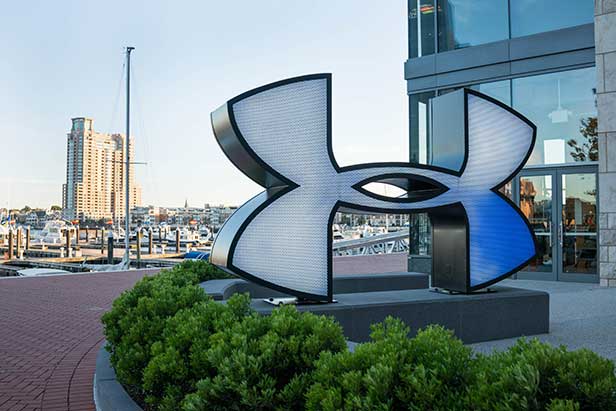November 06, 2020
Under Armour to Cut Ties With Over 2,000 Stores
The sportswear manufacturer will continue to work with promo firms.
Under Armour has announced that it will cut 2,000 to 3,000 stores from retail distribution over the next couple of years.

Shifting toward direct-to-consumer (DTC) channels, the company expects to be in approximately 10,000 stores by the end of 2022. This plan won’t affect the promotional products industry, as several firms, including Top 40 supplier alphabroder (asi/34063), have relationships with the Baltimore-based athletic wear maker.
“To be clear, wholesale remains a crucial part of Under Armour’s future, but as the broader retail landscape continues to evolve, so must we,” said Patrik Frisk, president and CEO of Under Armour, during the Q3 conference call on Oct. 30.
According to David Clifton, chief marketing officer at alphabroder, “Under Armour remains committed to wholesale distribution within corporate, e-commerce, retail and team channels.”
Under Armour reported flat revenue of $1.4 billion for Q3 compared to the same period last year. Wholesale revenue was down 7% and licensing was down 15% due to ongoing impacts from COVID-19. However, DTC business increased 17%, driven by continued strength in e-commerce, which grew 50% globally during the quarter.
“Across our company, we are holistically embracing a direct-to-consumer focused approach, obsessing every moment along the consumer’s brand journey to help us make better decisions to drive greater relevance and connectivity,” Frisk said. “With the majority of our global e-commerce sites on one scalable platform, we are working to unlock a more robust functionality to power our CRM efforts to help us drive more resonant and personalized interactions with our consumers. In our brick-and-mortar business, we continue to make progress in evolving our store concepts toward more scalable, brand right and profitable formats, while continuing to invest in the capabilities needed to operate as a best-in-class retailer.”
Apparel revenue was down 6%, driven primarily by declines in team sports and training categories. Footwear was up 19%, driven by considerable strength in run and train categories. Accessories was up 23%, with all of the growth being driven by the brand’s new SPORTSMASK, which was released in Q2.
In September, Under Armour announced that it was laying off 600 workers from its global workforce as a result of sales struggles that the coronavirus pandemic has caused. While COVID-19 has hurt Under Armour’s business, the company was already struggling prior to the pandemic. That’s part of what prompted the firm initially to announce a $475 million to $575 million restructuring plan for the year in April, though that plan didn’t take the coronavirus impact into account.
News of the layoffs came on the heels of the company being sued by the University of California, Los Angeles (UCLA) for more than $200 million in damages in a case alleging breach of contract tied to what was the largest branded apparel sponsorship deal in the history of college sports.